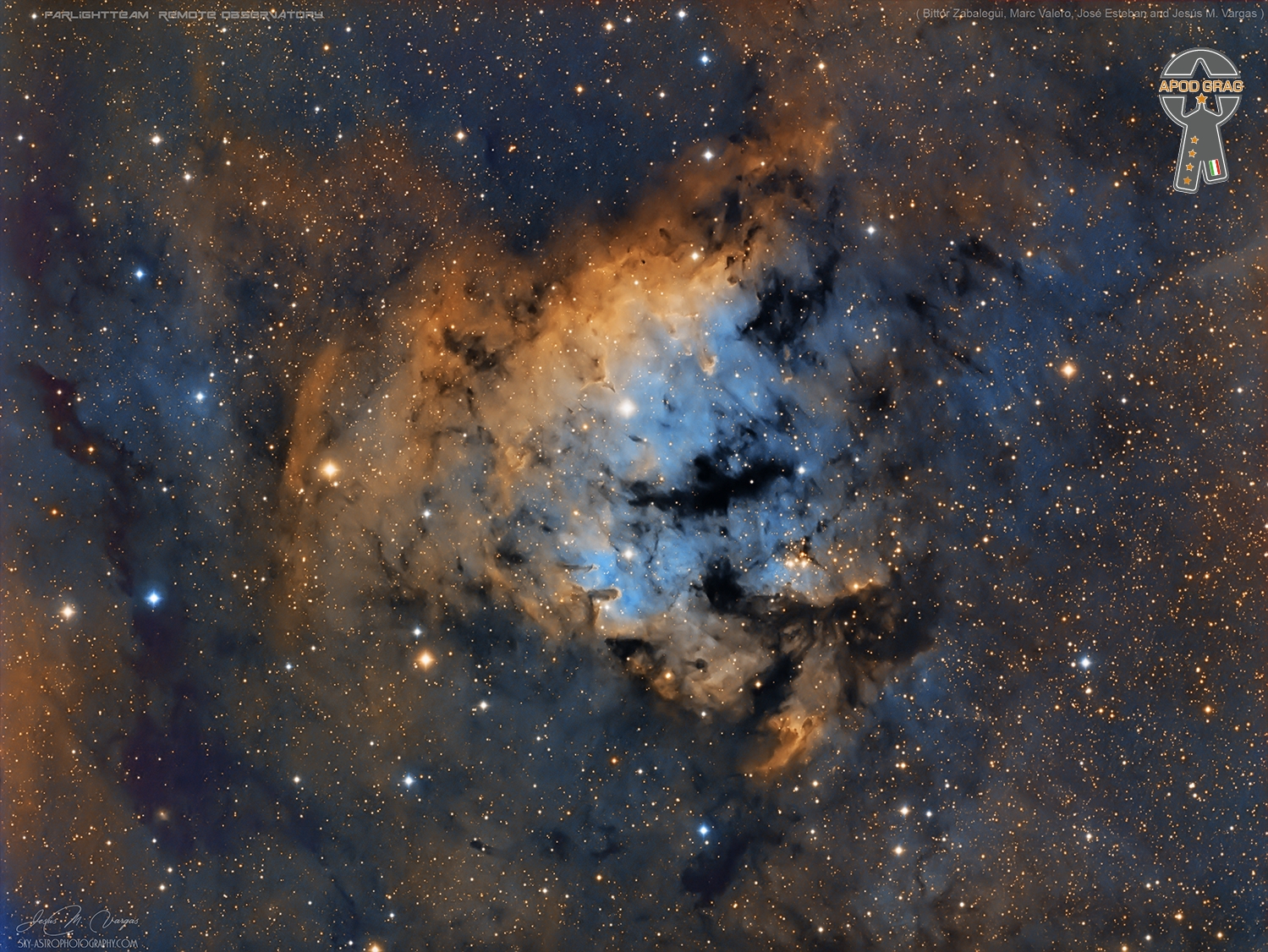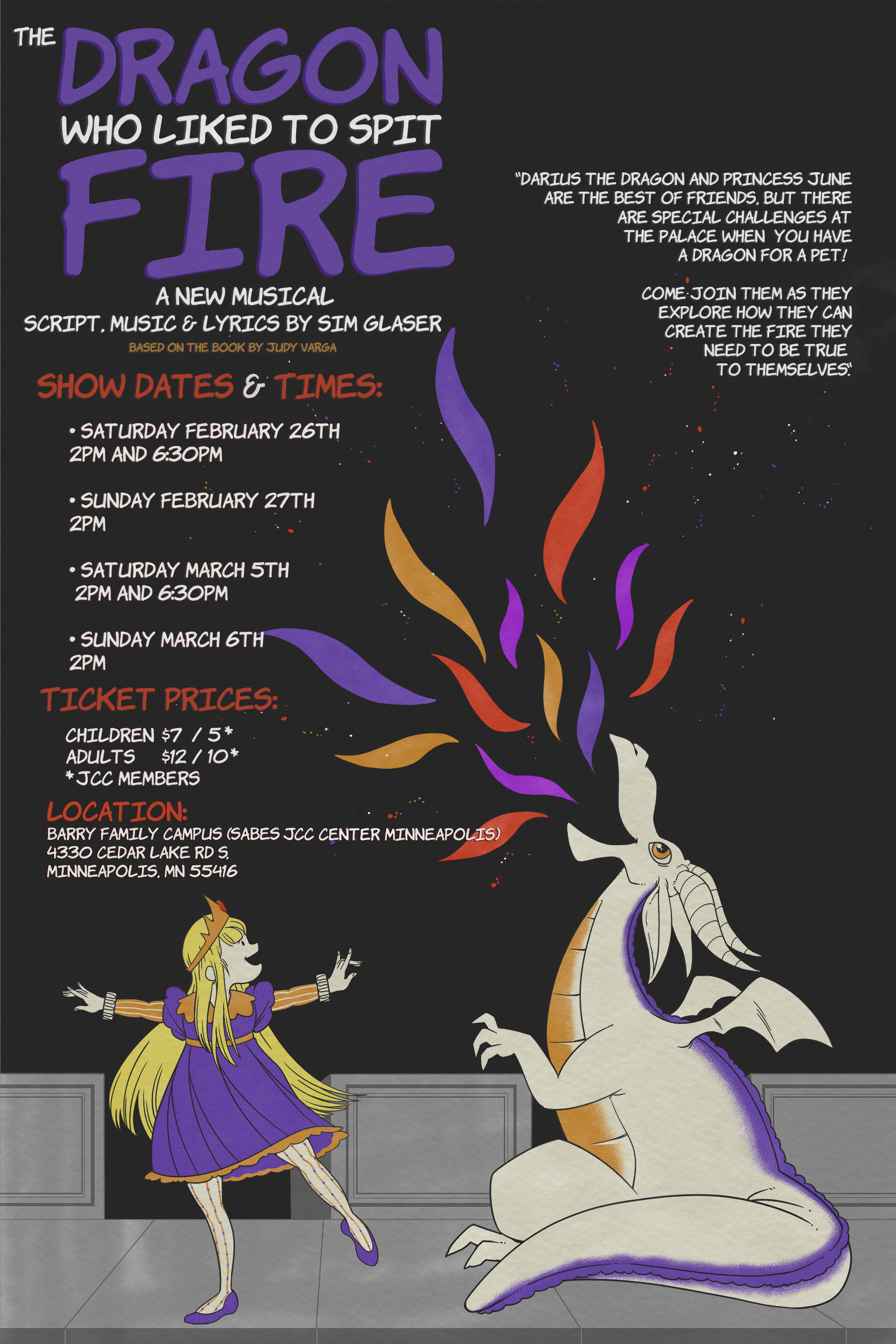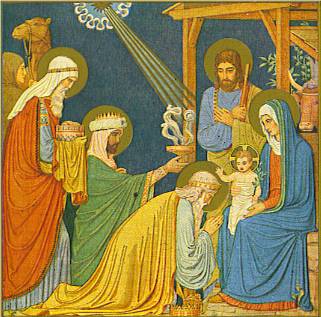Blog
Kenneth Clark Loggins (born January 7, 1948) is an American musician, singer and songwriter. His early songs were recorded with the Nitty Gritty Dirt Band in 1970, which led to seven albums recorded as Loggins and Messina from 1972 to 1977. His early soundtrack contributions date back to A Star Is Born in 1976, and he is known as the King of the Movie Soundtrack. As a solo artist, Loggins experienced a string of soundtrack successes, including an Academy Award nomination for “Footloose” in 1985.Finally Home was released in 2013, shortly after Loggins formed the group Blue Sky Riders with Gary Burr and Georgia Middleman. He won a Daytime Emmy Award, two Grammy Awards, and was nominated for an Academy Award, a Tony Award, and a Golden Globe Award.
Loggins was born in Everett, Washington, the youngest of three brothers. His father, Robert George Loggins, was a salesman of English and Irishancestry, while his mother, Lina (née Massie), was a homemaker of Italian descent, from Avezzano. They lived in Detroit and Seattle before settling in Alhambra, California. Loggins attended San Gabriel Mission High School, graduating in 1966. He formed a band, The Second Helping, that released three singles during 1968 and 1969 on Viva Records. Greg Shaw described the efforts as “excellent punky folk-pop records” that were written by Loggins who was likely to be the bandleader and singer as well; Shaw included “Let Me In” on both Highs in the Mid-Sixties, Volume 2 and the Pebbles, Volume 9 CD.
more...Eldee Young (January 7, 1936 – February 12, 2007) was a jazz double-bass and cello player who performed in the cool jazz, post bop and rhythm and blues mediums.
Born in 1936 in Chicago, Illinois, Young started playing upright bass at the age of 13. He was helped by his eldest brother who played guitar. He joined the Ramsey Lewis Trio in 1955. After a decade together he split along with bandmate, Isaac “Red” Holt to form the Young-Holt Trio. They changed their name to Young-Holt Unlimited in 1968. After they split in 1974, Young continued playing, mainly with small groups in Chicago.
He also played with pianist Jeremy Monteiro for more than 20 years. Young also appeared on the albums of James Moody and Eden Atwood, among others.
Young died in Bangkok, Thailand, from a heart attack at age 71.
more...Sam Woodyard (January 7, 1925 – September 20, 1988) was an American jazz drummer.
He was born in Elizabeth, New Jersey, United States. Woodyard was largely an autodidact on drums and played locally in the Newark, New Jersey area in the 1940s. He performed with Paul Gayten in an R&B group, then played in the early 1950s with Joe Holiday, Roy Eldridge, and Milt Buckner. In 1955, he joined Duke Ellington‘s orchestra and remained until 1966.
After his time with Ellington, Woodyard worked with Ella Fitzgerald, then moved to Los Angeles. In the 1970s, he played less due to health problems, but he recorded with Buddy Rich, and toured with Claude Bolling. In 1983, he belonged to a band with Teddy Wilson, Buddy Tate, and Slam Stewart. His last recording was on Steve Lacy‘s 1988 album, The Door.
He died of cancer in Paris at the age of 63.
more...Bobo Jenkins (January 7, 1916 – August 14, 1984) was an American Detroit blues and electric blues guitarist, singer and songwriter. He also built and set up his own recording studio and record label in Detroit. Jenkins is best known for his recordings of “Democrat Blues” and “Tell Me Where You Stayed Last Night”.
He was born John Pickens Jenkins in Forkland, Alabama. His father, a sharecropper, died when John was not yet one year old, and the boy grew up with his mother and uncle. He left home before the age of 12, and arrived in Memphis, Tennessee. He had a wife at the age of 14, the first of ten marriages. Jenkins took casual work in the Mississippi Delta for several years and then enrolled in the United States Army. Following his 1944 military discharge, he relocated to Detroit, working for Packard and managing a garage, before spending twenty-seven years working for Chrysler.
In the late 1940s Jenkins learned to play the guitar and started writing songs. He wrote the politically themed “Democrat Blues”, about the U.S. Election Day in 1952, expressing his unease about Dwight D. Eisenhower becoming the first Republican in the White House in almost twenty years.
With assistance from John Lee Hooker, Jenkins recorded “Democrat Blues” in Chicago in 1954, which was released by Chess Records. Another recording was issued by Boxer Records, based in Chicago, and then “Ten Below Zero” (1957) was released by Fortune Records, based in Detroit. In 1959, Jenkins established his own record label,[5] Big Star Records, whose first release was his single “You”ll Never Understand” and “Tell Me Where You Stayed Last Night”. He met and played alongside Sonny Boy Williamson II, before constructing his own recording studio. He recorded mainly local musicians, including James “Little Daddy” Walton, Little Junior Cannady, Chubby Martin and Syl Foreman.
more...Henry James “Red” Allen (January 7, 1908 – April 17, 1967) was an American jazz trumpeter and vocalist whose playing has been claimed by Joachim-Ernst Berendt and others as the first to fully incorporate the innovations of Louis Armstrong.
Allen was born in the Algiers neighborhood of New Orleans, Louisiana, the son of the bandleader Henry Allen. He took early trumpet lessons from Peter Bocage and Manuel Manetta.
Allen’s career began in Sidney Desvigne‘s Southern Syncopators. He was playing professionally by 1924 with the Excelsior Brass Band and the jazz dance bands of Sam Morgan, George Lewis and John Casimir. After playing on riverboats on the Mississippi River, he went to Chicago in 1927 to join King Oliver‘s band. Around this time he made recordings on the side in the band of Clarence Williams. After returning briefly to New Orleans, where he worked with the bands of Fate Marable and Fats Pichon, he was offered a recording contract with Victor Records and went to New York City, where he joined the Luis Russell band, which was later fronted by Louis Armstrong in the late 1930s.
more...
Luciano Pozo González (January 7, 1915 – December 3, 1948), known professionally as Chano Pozo, was a Cuban jazz percussionist, singer, dancer, and composer. Despite only living to age 33, he played a major role in the founding of Latin jazz. He co-wrote some of Dizzy Gillespie‘s Latin-flavored compositions, such as “Manteca” and “Tin Tin Deo”, and was the first Latin percussionist in Gillespie’s band.
Luciano “Chano” Pozo González was born in Havana to Cecelio González and Carnación Pozo. Chano grew up with three sisters and a brother, as well as his older half brother, Félix Chappottín, who would later become one of the great Cuban soneros. The family struggled with poverty throughout his youth. His mother died when Chano was eleven, and Cecelio took his family to live with his long-time mistress, Natalia, who was Felix’s mother.
Chano showed an early interest in playing drums, and performed ably in Afro-Cuban religious ceremonies in which drumming was a key element. The family lived for many years at El África Solar (Africa neighborhood), a former slave quarters, by all accounts a foul and dangerous place, where it was said even the police were afraid to venture. In this environment criminal activities flourished, and Chano learned the ways of the street as means of survival. He dropped out of school after the third grade and earned a solid reputation as a rowdy tough guy, big for his age and exceptionally fit. He spent his days playing drums, fighting, drinking, and engaging in petty criminal activities, the latter of which landed him a stint in a youth reformatory. No official records document the crime he was sentenced for, though at least one account has him causing the accidental death of a foreign tourist, adding to a record of thievery, assault, and truancy. At the age of 13, Chano was sent to the reformatory in Guanajay, where he learned reading and writing, auto body repair, and honed his already exceptional skills playing a variety of drums. During this time he became a devotee of Santería. Also known as “La Regla de Ocha”, this is an Afro-Caribbean religion derived from traditional beliefs of the Yoruba people of Nigeria. Developed among Afro-Cuban slaves, the religion began as a blending of these West African spiritual beliefs and Catholic doctrine. Yoruba deities were identified with Catholic saints to fool the slave owners, as the Spanish colonialists had forbidden the practice of African religions. Chano pledged allegiance to the Catholic Saint Barbara, identified widely with Shango, the Yoruba god of fire and thunder, and took him as his personal protector. Both Shango and St. Barbara had associations with the color red, and for the rest of his life Chano would often carry a red scarf signifying his allegiance.
Chano Pozo was shot and killed on December 2, 1948, in the El Rio Bar at 111th St and Lenox Avenue in Harlem.[1] The El Rio Bar no longer exists — even the small triangular block where it was located has been removed. Pozo’s killer was a local bookie named Eusebio “Cabito” Munoz. Pozo is buried in the Colón Cemetery, Havana.
more...Tarantas and Taranto are two related styles (palos) of Flamenco music, that originated in the Andalusian province of Almería. Each is characterized by a shared modality (F-sharp Phrygian) and harmonic progression (Bm–A7–G–F-sharp), but differ significantly with respect to rhythm and meter. Tarantas is a cante libre (or toque libre, if played as a solo), meaning that it lacks both a regular rhythmic pattern (compás, in flamenco terminology) and a regular rhythmic unit (or beat). It can be sung or played, but not danced. Taranto, conversely, has a regular 2/4-meter, and is danceable. When played on, or accompanied by, the guitar, both palos have a unique and characteristic sound that is created, in part, by dissonances that result from the use of the guitar’s first three open strings (E, B, and G, respectively), in combination with harmonies and melodies based on the F-sharp Phrygian mode.
more...VdB 38 , also known as Sh-2 263 , is a single- emission, fragmentary reflection nebula , visible in the Orion constellation .
It is easy to find about two degrees to NNW of the brilliant Bellatrix star (γ Orionis), which is the northwestern summit of the large rectangle that delimits the figure of Orion; The star of the nebula gas light is HD 34989 , a magnitude 5,78 magnitude -star blue-blue star , well visible to the naked eye on clearer nights. The cloud appears distinct in a shining part for reflection of the star light, and in fact shows a markedly blue color, and a part on the background that appears ionized and has a reddish light. Part of the gas cloud that is part of vdB 38 is not illuminated and looks like a dark nebula masking the light coming from the behind-the-scenes stars; This obscured part returns the abbreviation LDN 1588 ( B 223). The distance between the cloud and the star would be approximately 736 light years according to parallax studies , which would place them in the most peripheral regions of the Orion Complex .

Alexandra Elene MacLean Denny (6 January 1947 – 21 April 1978) was an English singer-songwriter who was lead singer of the British folk rockband Fairport Convention. She has been described as “the pre-eminent British folk rock singer”.
After briefly working with the Strawbs, Denny joined Fairport Convention in 1968, remaining with them until 1969. She formed the short-lived band Fotheringay in 1970, before focusing on a solo career. Between 1971 and 1977, Denny released four solo albums: The North Star Grassman and the Ravens, Sandy, Like an Old Fashioned Waltz and Rendezvous. She also duetted with Robert Plant on “The Battle of Evermore” for Led Zeppelin‘s album Led Zeppelin IV in 1971. Denny died in 1978 at the age of 31 due to injuries and health issues related to alcohol abuse.
Music publications Uncut and Mojo have described Denny as Britain’s finest female singer-songwriter. Her composition “Who Knows Where the Time Goes?” has been recorded by Judy Collins, Eva Cassidy, Nina Simone, 10,000 Maniacs and Cat Power. Her recorded work has been the subject of numerous reissues, along with a wealth of previously unreleased material which has appeared over the more than 40 years since her death, including most notably a 19-CD box set released in November 2010.
On discovering Lucas’ departure, Denny went to stay at the home of her friend Miranda Ward. During this time, Denny apparently set up an appointment to speak with a doctor about her headaches, and also intended to get advice about her alcohol addiction. At some point after 8 am on 17 April, Denny fell into a coma. Ward was out of the house at the time, and had asked her friend Jon Cole (of the band The Movies) to check in on Denny. Cole entered the home at 3 pm, and found Denny unconscious at the foot of the staircase which led to the second floor of the house. She was rushed by ambulance to Queen Mary’s Hospital in nearby Roehampton.
On 19 April, she was transferred to Atkinson Morley Hospital in Wimbledon. After receiving news that Denny was in a coma, Lucas returned from Australia. Upon his arrival at the hospital, doctors informed him that Denny was effectively brain-dead and her condition would not improve. He granted their recommendation to turn off life-supportmachines; however, just ten minutes before this was to take place, at 7:50 pm on 21 April 1978, Sandy Denny died, without regaining consciousness. Her death was ruled to be the result of a traumatic mid-brain haemorrhage and blunt force trauma to her head. She was 31 years old.
more...Paolo Conte (Italian pronunciation: [ˈpaːolo ˈkonte]; born 6 January 1937) is an Italian singer, pianist, songwriter and lawyer known for his distinctly grainy, resonant voice. His compositions fuse Italian and Mediterranean sounds with jazz, boogie and elements of the French chanson and Latin-American rhythms.
Paolo Conte was born in Asti, Piedmont. His parents were avid jazz fans and Conte and his younger brother Giorgio spent their formative years listening to a lot of early jazz and blues recordings. After obtaining a law degree at the University of Parma, Conte started working as an assistant solicitor with his father, simultaneously pursuing his musical studies. He learned to play the trombone, the vibraphone and the piano, and formed a jazz band with his brother on guitar. Conte’s skill for composing music and original arrangements was noted by music producer Lilli Greco, who paired Conte with lyricist Vito Pallavicini. They wrote songs for Adriano Celentano (“Azzurro“, 1968), Caterina Caselli (“Insieme a te non ci sto più”, 1968), Fausto Leali (“Deborah”, 1968) and Enzo Jannacci (“Messico e nuvole”, 1970). In 1974 Conte recorded his first album, Paolo Conte. The following year, he released another eponymous album. Following a series of well-received shows at Club Tenco in Sanremo in 1976 and the commercial success of his third album, ‘Un gelato al limon’, Conte concentrated almost exclusively on his solo career.
more...Ebo Taylor (born 1936) is a Ghanaian guitarist, composer, bandleader, record producer and arranger focusing on highlife and afrobeat music.
Ebo Taylor has been a pivotal figure on the Ghanaian music scene for over six decades. In the late 1950s he was active in the influential highlifebands the Stargazers and the Broadway Dance Band. In 1962, Taylor took his group, the Black Star Highlife Band, to London. In London, Taylor collaborated with Nigerian afrobeat star Fela Kuti as well as other African musicians in Britain at the time.
Returning to Ghana, Taylor worked as a producer, crafting recordings for Pat Thomas, C. K. Mann, and others, as well as exploring solo projects, combining traditional Ghanaian material with afrobeat, jazz, and funk rhythms to create his own recognizable sound in the 1970s. He was the inhouse guitar player, arranger, and producer for Essiebons, founded by Dick Essilfie-Bondzie.[4]
Taylor’s work became popular internationally with hip-hop producers in the 21st century. In 1992, Ghetto Concept included his afrobeats in their music. In 2008, Ebo Taylor met the Berlin-based musicians of the Afrobeat Academy band, including saxophonist Ben Abarbanel-Wolff, which led to the release of the album Love and Death with Strut Records (his first internationally distributed album). In 2010, Usher used a sample from Taylor’s song “Heaven” for “She Don’t Know” with Ludacris.
more...Earl Eugene Scruggs (January 6, 1924 – March 28, 2012) was an American musician noted for popularizing a three-finger banjo picking style, now called “Scruggs style“, which is a defining characteristic of bluegrass music. His three-finger style of playing was radically different from the traditional way the five-string banjo had previously been played. This new style of playing became popular and elevated the banjo from its previous role as a background rhythm instrument to featured solo status. He popularized the instrument across several genres of music.
Scruggs’ career began at age 21 when he was hired to play in Bill Monroe‘s band, the Blue Grass Boys. The name “bluegrass” eventually became the eponym for the entire genre of country music now known by that title. Despite considerable success with Monroe, performing on the Grand Ole Opryand recording classic hits such as “Blue Moon of Kentucky“, Scruggs resigned from the group in 1946 due to their exhausting touring schedule. Fellow band member Lester Flatt resigned as well, and he and Scruggs later paired up in a new group they called Flatt and Scruggs and the Foggy Mountain Boys. Scruggs’ banjo instrumental called “Foggy Mountain Breakdown“, released in 1949, became an enduring hit, and had a rebirth of popularity to a younger generation when it was featured in the 1967 film Bonnie and Clyde. The song won two Grammy Awards and, in 2005, was selected for the Library of Congress’ National Recording Registry of works of unusual merit.
Flatt and Scruggs brought bluegrass music into mainstream popularity in the early 1960s with their country hit, “The Ballad of Jed Clampett” — the theme music for the television sitcom The Beverly Hillbillies — the first Scruggs recording to reach number one on the Billboard charts. Over their 20-year association, Flatt and Scruggs recorded over 50 albums and 75 singles. The duo broke up in 1969, chiefly because, while Scruggs wanted to switch styles to fit a more modern sound, Flatt was a traditionalist who opposed the change and believed doing so would alienate a fan base of bluegrass purists. Although each of them formed a new band to match their visions, neither of them ever regained the success they had achieved as a team.
Scruggs received four Grammy awards, a Grammy Lifetime Achievement Award and a National Medal of Arts. He became a member of the International Bluegrass Music Hall of Fame and was given a star on the Hollywood Walk of Fame. In 1985, Flatt and Scruggs were inducted together into the Country Music Hall of Fame and named, as a duo, number 24 on CMT‘s “40 Greatest Men of Country Music”. Scruggs was awarded a National Heritage Fellowship by the National Endowment for the Arts, the highest honor in the folk and traditional arts in the United States. Four works by Scruggs have been placed in the Grammy Hall of Fame. After Scruggs’ death in 2012 at age 88, the Earl Scruggs Center was founded in Shelby, North Carolina, near his birthplace with the aid of a federal grant and corporate donors. The center is a $5.5 million facility that features the musical contributions of Scruggs and serves as an educational center providing classes and field trips for students.
Earl Scruggs was born January 6, 1924, in the Flint Hill community of Cleveland County, North Carolina, a small community just outside of Boiling Springs, about 10 miles west of Shelby. His father, George Elam Scruggs, was a farmer and a bookkeeper who died of a protracted illness when Earl was four years old. Upon his death, Scruggs’ mother, Georgia Lula Ruppe (called Lula), was left to take care of the farm and five children, of which Earl was the youngest.
more...The nebula NGC 7822 located in the constellation of Cepheus, is a star formation complex, with an alpha hydrogen emission nebula Sharpless 171 and a young cluster of stars called Berkeley 59. It is at a distance of 3,000 light years, having stars no more a few million years old.
At the edge of the giant molecular cloud in the northern constellation Cepheus, the glowing star nursery lies some 3,000 light-years away.
The atomic emissions are fueled by energetic radiation from hot stars, whose powerful winds and radiation also sculpt and erode the pillar’s dense shapes.
Stars could still be formed within the pillars by gravitational collapse, but as the pillars erode, any star forming will eventually be shelled from their pool of stellar material.
“FAR LIGHT TEAM” Remote Observatory in Spain ( Fregenal de la Sierra ) Badajoz, Extremadura Region, in the hosting of telescopes “Entre Encinas y Estrellas”.
Photographic work done during the month of May- June – July 2021

Paul Wertico (born January 5, 1953 in Chicago, Illinois) is an American drummer. He gained recognition as a member of the Pat Metheny Group from 1983 until 2001, leaving the group to spend more time with his family and to pursue other musical interests.
After Pat Metheny heard the Simon and Bard Group with Wertico and bassist Steve Rodby, he invited both to join his band. During his time with Metheny, Wertico played on ten albums and four videos, appeared on television, and toured around the world. He won seven Grammy Awards (for “Best Jazz Fusion Performance,” “Best Contemporary Jazz Performance,” and “Best Rock Instrumental Performance”), magazine polls, and received several gold records.
He formed the Paul Wertico Trio with John Moulder and Eric Hochberg and collaborated with Larry Coryell, Kurt Elling, and Jeff Berlin. From 2000 to 2007, he was a member of SBB, the platinum-record-winning Polish progressive rock band. Wertico was a member of the Larry Coryell Power Trio until Coryell’s death in 2017.
more...Cees See (January 5, 1934, Amsterdam – December 9, 1985, The Hague) was a Dutch jazz drummer.
See worked in the 1950s with Freddy Logan and Jack Sels, and in the early 1960s with Rolf Kühn, Pim Jacobs, and Herman Schoonderwalt. He also played with an ensemble formed for Sender Freies Berlin, whose members included Herb Geller and Jerry van Rooyen. In the second half of the 1960s he played with Teddy Wilson, Klaus Doldinger, Volker Kriegel, Dusko Goykovich, Nathan Davis, and Jan Hammer. He was a member of the New Jazz Trio with Manfred Schoof and Peter Trunk in 1970-1972, and in the early 1970s also continued to work with Kriegel and Goykovich, as well as with Wolfgang Daunerand Chris Hinze.
more...More Posts
- Daily Roots with Sylford Walker
- The Cosmos with Hercules A
- Johnny Nash Day
- Ginger Baker Day
- Jimmy Rowles Day
- World Fusion with SANS
- Daily Roots with Marcia Griffiths
- The Cosmos with E0102
- Oscar Brashear Day
- Enoch Light Day
- World Music with Fela Kuti
- Daily Roots with Scientist
- The Cosmos with RCW 38
- Luther Allison Day
- Duke Pearson Day
- Ike Quebec Day
- World Music with Paco de Lucia
- Daily Roots with the Skatalites
- Aretha Franklin Passes at 76
- The Cosmos with IC 5201

